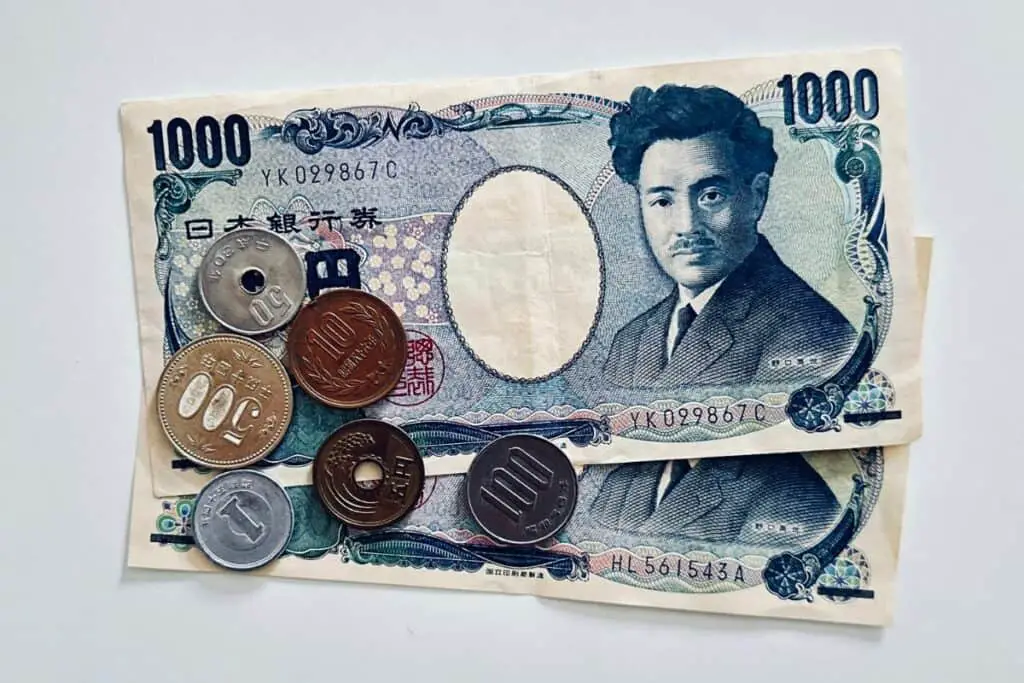
When you think about Japanese food, you think about fish, but if you pay attention carefully, you’ll see that several dishes in Japan use raw fish as an ingredient (and sometimes it is even the main ingredient). You probably have heard lots of stories about fish parasites that might prevent you from eating them raw, but the truth is that eating raw fish is a common practice in Japan. There’s nothing wrong with eating raw fish as long as certain conditions are observed.
Raw fish is safe to eat in Japan because you eat saltwater fish. Freshwater fish, however, is not suitable to be eaten raw. In Japan, fish must observe high-quality standards to be eaten raw, and it is carefully handled since its capture to ensure safety.
In the next paragraphs, we’ll see how to eat raw fish and how it is handled in Japan, what fish is generally eaten raw, and why do Japanese eat raw food. This way, if you want to try some traditional food in Japan, you know exactly what to expect.
Can I Eat Raw Fish in Japan?
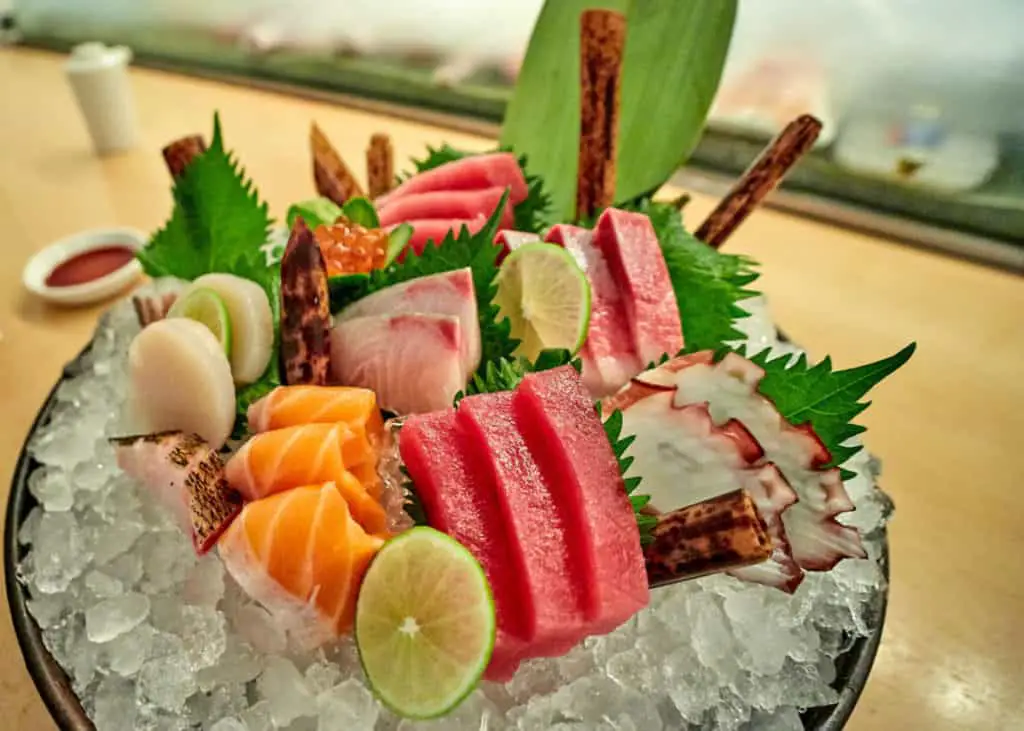
When people ask if they can eat raw fish, they are talking from the perspective of someone who just isn’t used to doing so. In many countries, people were culturally taught to disgust raw food, but the truth is that human beings have been eating raw food for a long time. With the invention of all sorts of cooking apparel, eating raw food became less usual, except for those countries, like Japan, that have this cultural habit.
If eating raw food feels kind of weird to you, I understand you because I feel the same way. Since I was little, the only things I ate raw were fruits and some vegetables, simply because this was how things were in my family. I never saw people eating raw fish or meat, and raw food was not on the restaurant’s menu. When you grow up with this mentality, it’s perfectly understandable that you have a hard time adapting yourself to this idea. And I don’t mean adapting your body to eat raw food (because a human being’s body is perfectly capable of digesting raw food), I mean adapting your mind and turning off the switch inside you that tells you that raw food is kind of disgusting.
Indeed, our ancestors have been eating raw food for thousands of years, and they were capable of digesting it, so there’s no biological reason that prevents you from digesting raw food if your body works normally, and you don’t have any sort of special condition or something like that. And I’m saying this because lots of people ask if they will be capable of digesting raw food, like if they needed some sort of training or if their bodies needed to evolve in a certain way to be able to digest raw food.
I guarantee you that you don’t need any kind of superpower or super body to try raw food. What you’ll need, though, is to prepare yourself mentally and understand that raw food is the same thing as cooked food, but it just wasn’t cooked. 🙂
Hey, check out these recommendations I have for you!
Before going any further, take a look at some of the recommendations I've handpicked for you. I think these are essential items you should have on your trip to Japan. You can check them out and buy them directly from Amazon.
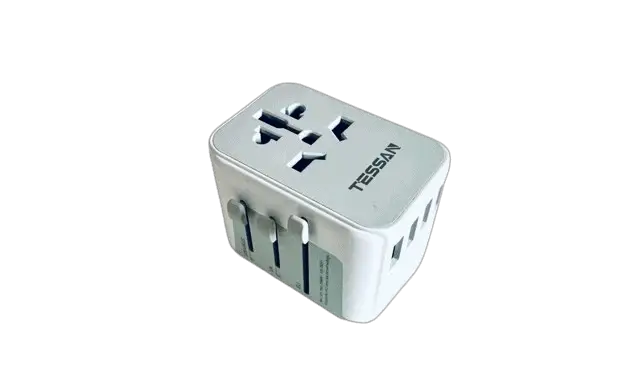
|

|

|
| A universal travel adapter | A 10,000 mAh power bank | A travel adapter and converter |
Insider tips for your Japan trip. Quick, easy, and free!
I Want This
Although you can potentially eat raw food in every country, I would tend to trust Japanese raw food more. As a general rule of thumb, the raw fish eaten in Japan:
- is from a highly reputable source
- is handled and treated with special care
What Are The Risks of Eating Raw Fish?
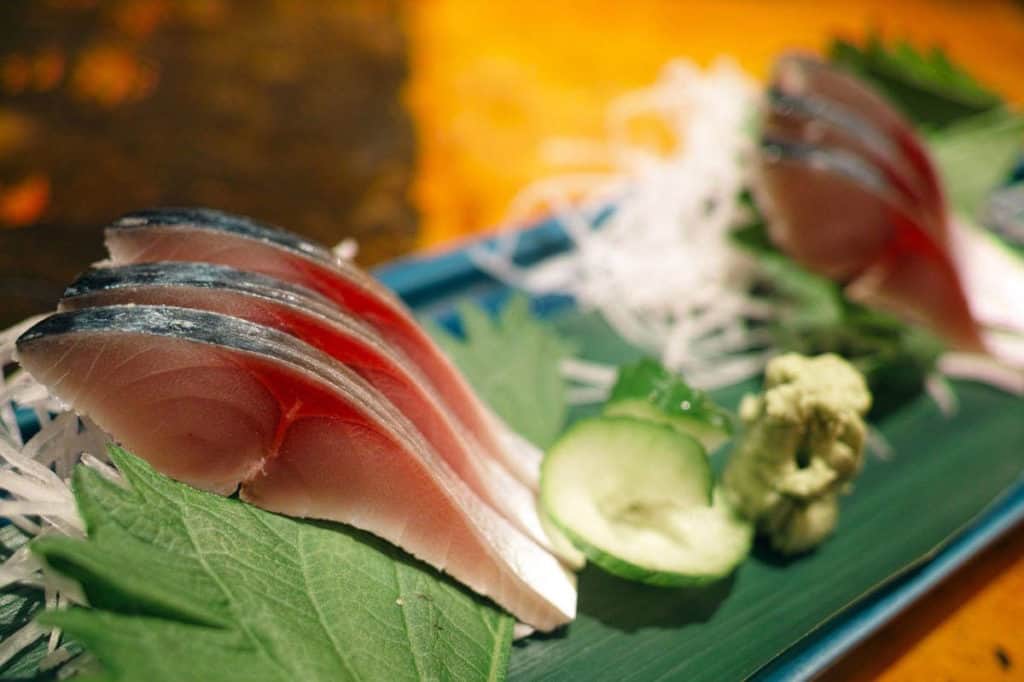
Eating raw fish can be dangerous because of the parasites that are naturally present in fish. These include mainly roundworms, tapeworms, intestinal flukes, liver flukes, and lung flukes.
Because raw food usually has some kind of parasites, it is not a good idea to eat raw fish that you bought just like that on a grocery store, for example, even if the grocery shop is located in Japan. In Japan, you can buy fish that is meant to be eaten raw, but it is labeled “sashimi-grade” or “sushi-grade” for example.
Our ancestors always ate raw fish from a fresh kill and didn’t store it for days before eating it, so it’s important you also chose high-quality fish. That’s why “sashimi-grade” or “sushi-grade” are the best options. This type of fish is from a good source, and the processor had to control time and temperature exposure to prevent the growth of bacterial pathogens, and the formation of toxins.
The parasites that are usually of most concern for human beings and the potential consequences of eating them in raw or undercooked food are listed in the table below:
| Parasites | Name | Illness |
|---|---|---|
| Roundworms | Anisakis, Pseudoterranova, Eustrongylides, Gnathostoma | May cause nausea, vomiting, diarrhea, severe abdominal pain |
| Tapeworms | Diphyllobothrium | May cause abdominal swelling, abdominal cramps, may lead to weight loss and anemia |
| Intestinal flukes | Heterophyes, Metagonimus, Nanophyetes salmincola | May cause abdominal discomfort and diarrhea |
| Liver flukes | Chlonorchis sinensis, Opisthorchis | May migrate to the liver |
| Lung flukes | Paragonimus | May migrate to the lungs |
Notice that the U.S. Food and Drug Administration (FDA) recommends freezing fish at −31 °F (−35 °C) for 15 hours, or at −4 °F (−20 °C) for 7 days. This is an important method to kill harmful parasites that are usually found on fish.
What is The Name of The Raw Fish Eaten in Japan?
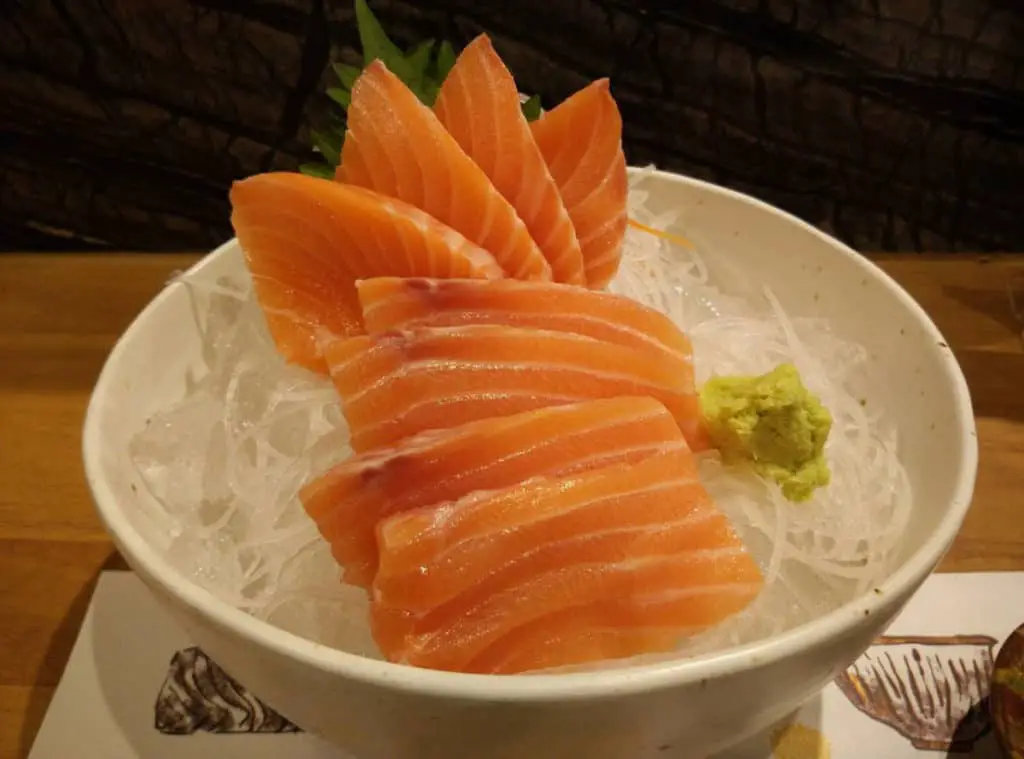
The raw fish eaten in Japan is usually called sashimi (刺し身) which means literally “pierced body”. This is a reference to the fishing technique used to kill the fish that consists of piercing the fish’s brain with a spike to grant an instantaneous death and preserve the fish’s freshness.
Get all the cool spots and tips for a fun trip to Japan. It's free!
Get My Japan Guide
This technique is called Ikejime, and it’s a more humane way to kill the fish (rapid kill) while preserving its quality at the same time. After that, the fish is put immediately into ice to maintain its freshness.
You have probably already seen sashimi dishes in your country, but for those of you who have never seen a sashimi dish, it is thin slices of fish accompanied by different garnishes like shiso (a herb of the mint family), shredded daikon radish or red water pepper sprouts, for example.
Notice that sashimi isn’t always cut the same way. Indeed, the thickness of the slices depends on the type of fish that is used, the fish’s age, and the season. The thickness is particularly important to highlight the fish’s flavor and texture, and you can count on the Japanese mastery to serve you the best dish you can imagine.
Also keep in mind that sashimi is often treated with vinegar, which helps prevent the development of bacteria. When you know that several types of bacteria are a common part of fish (as we saw in the previous table), I’m a little relieved to know that fish is treated with vinegar to mitigate this problem.
Sashimi is generally eaten with soy sauce and wasabi, and this is not just a Japanese habit. It seems that soy sauce has microbes that specifically target and combat salmonella, and wasabi is quite a powerful antibacterial agent. Also, the garnishes we saw previously and other things like seaweed or ginger help you digest raw fish. So, you should always try to eat everything that is served with raw fish because it will help you digest and make your meal more enjoyable.
The most common types of fish you’ll find in sashimi dishes are :
- Tuna (called “toro” or “akami”)
- Yellowtail (called “buri”)
- Bonito (called “katsuo”)
- Pacific saury (called “sanma”)
- Sardine (called “iwashi”)
- Mackerel (called “saba”)

